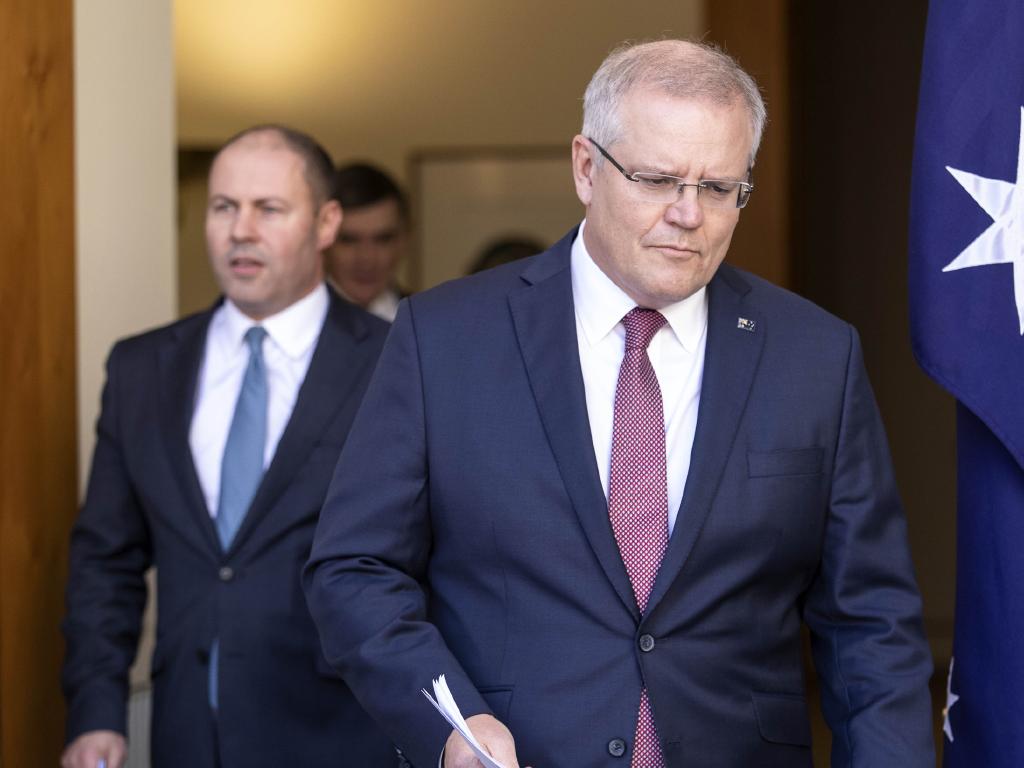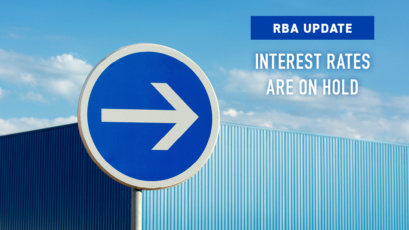Under the JobKeeper Payment, businesses impacted by the Coronavirus will be able to access a subsidy from the government to continue paying their employees. Affected employers will be able to claim a fortnightly payment of $1,500 per eligible employee from 30 March 2020, for a maximum period of 6 months.
Am I eligible for the JobKeeper Payments?
Eligible employers
Employers will be eligible for the subsidy if:
- their turnover has or will be reduced by more than 30 per cent relative to a comparable period a year ago (of at least a month); or
- The employer must have been in an employment relationship with eligible employees as at 1 March 2020, and confirm that each eligible employee is currently engaged in order to receive JobKeeper Payments.
- Not-for-profit entities (including charities) and self-employed individuals (businesses without employees) that meet the turnover tests that apply for businesses are eligible to apply for JobKeeper Payments.
Eligible employees
Eligible employees are employees who:
- are currently employed by the eligible employer (including those stood down or re-hired);
- were employed by the employer at 1 March 2020;
- are full-time, part-time, or long-term casuals (a casual employed on a regular basis for longer than 12 months as at 1 March 2020);
- are at least 16 years of age;
- are an Australian citizen, the holder of a permanent visa, a Protected Special Category Visa Holder, a non-protected Special Category Visa Holder who has been residing continually in Australia for 10 years or more, or a Special Category (Subclass 444) Visa Holder; and
- are not in receipt of a JobKeeper Payment from another employer.
If your employees receive the JobKeeper Payment, this may affect their eligibility for payments from Services Australia as they must report their JobKeeper Payment as income.
How do I measure my percentage decline in turnover?
- Ensure you have an accurate record of your revenue for the 2018-19 income year and for the 2019-20 year to date
- Ensure you keep an accurate record of revenue from March 2020 onwards
- Compare your revenue for the whole of March 2019 with the whole of March 2020
- Measure the % decline in your revenue and ensure it has declined by more than 30%
- If you are not eligible in March, you may become eligible in another month
What do I have to do to get the JobKeeper Payments?
Initially, employers can register their interest in applying for the JobKeeper Payment here from 30 March 2020.
Subsequently, eligible employers will be able to apply for the scheme by means of an online application.
How much are the JobKeeper Payments?
For each eligible employee the employer will receive $1,500 per fortnight per employee for a maximum period of 6 months. The employer must pass the full amount of the JobKeeper payment on to the employee.
For employees that were already receiving $1,500 per fortnight before tax from their employer as wages then their income will not change. For employees that have been receiving less than $1,500 per fortnight, the employer will need to top up the payment to the employee up to $1,500, before tax. For those employees earning more than this amount, the employer is able to provide them with a top-up to their normal salary.
Do I still have to pay super and if so, on which amount?
Yes, the business is still required to pay superannuation guarantee on the amount of the employee’s normal wage. If the employee earned under the $1,500 per fortnight, then it will be up to the employer if they want to pay superannuation on any additional wage paid over and above their normal wage because of the JobKeeper Payment.
When will I start to receive the money?
The payments will be calculated from 30 March 2020, with the first payment to be received by employers from the ATO in the first week of May and will continue to be received monthly in arrears.
Eligible employers will need to identify eligible employees for JobKeeper Payments and must provide monthly updates to the ATO (via Single Touch Payroll) to confirm their continued eligibility.
What if I am self-employed?
Businesses without employees, such as the self-employed can still register, they will need to provide an ABN for their business, nominate an individual to receive the payment and provide that individual’s Tax File Number and provide a declaration as to recent business activity.
People who are self-employed will need to provide a monthly update to the ATO to declare their continued eligibility for the payments. Payment will be made monthly to the individual’s bank account.
Further details will be provided on the ATO website when it becomes available.
Read more on the Treasury fact sheet here.
See the latest updates on COVID-19 and how it may affect you here.













